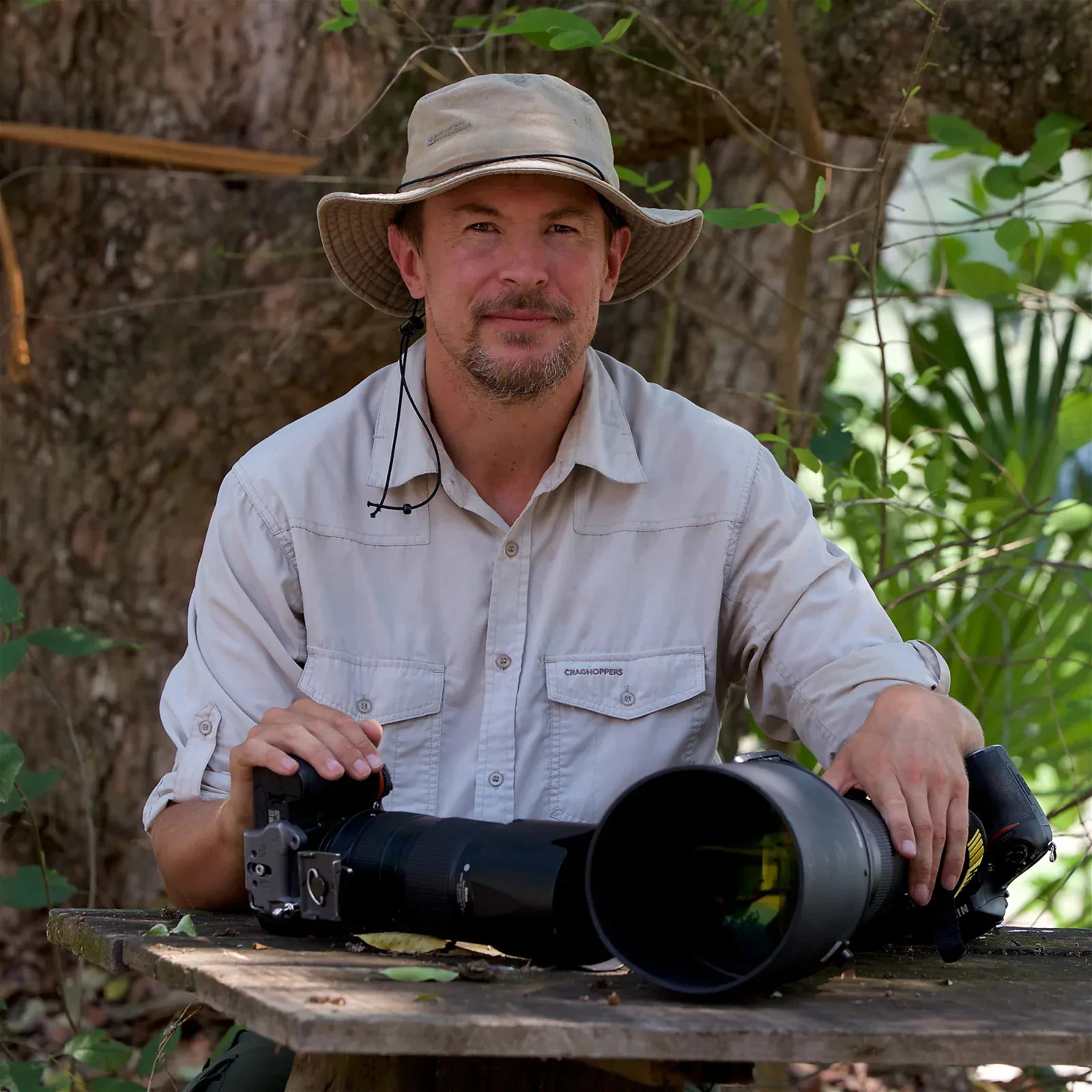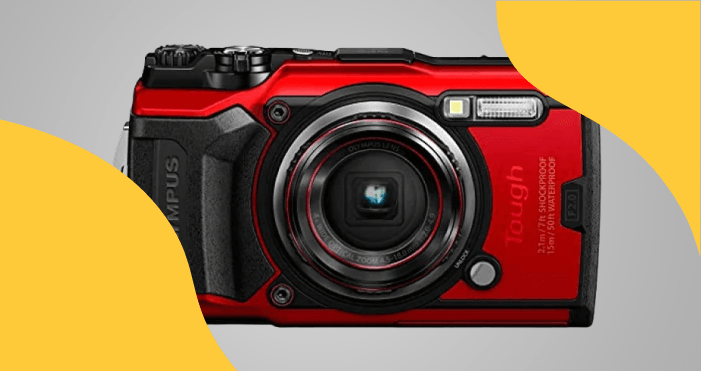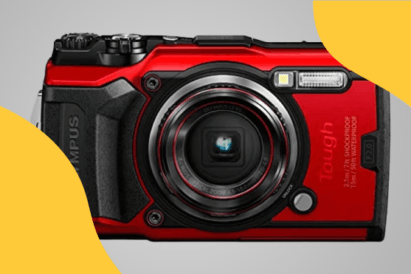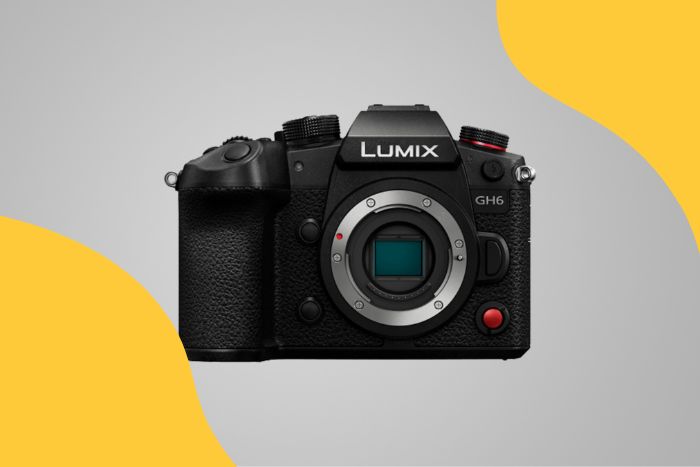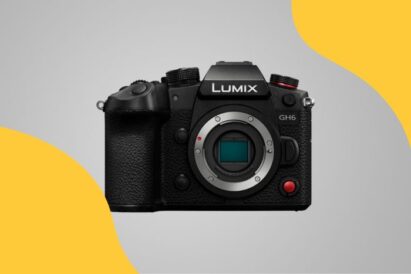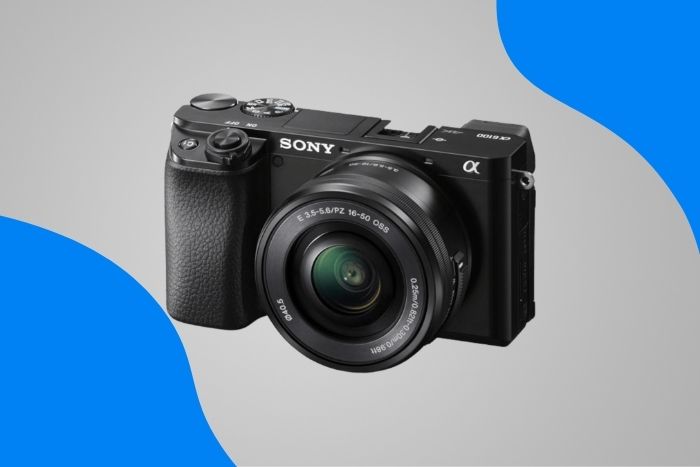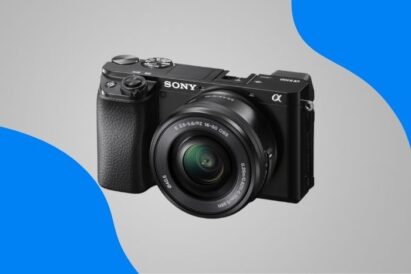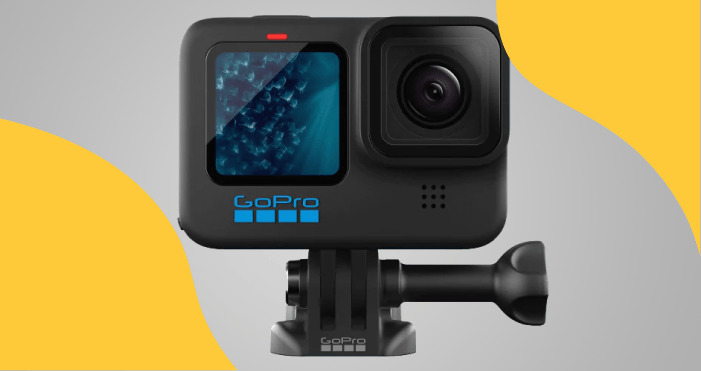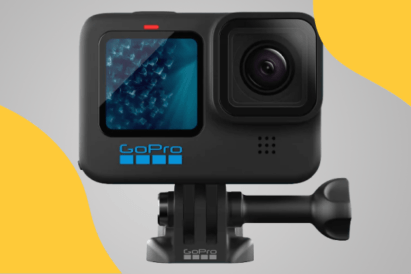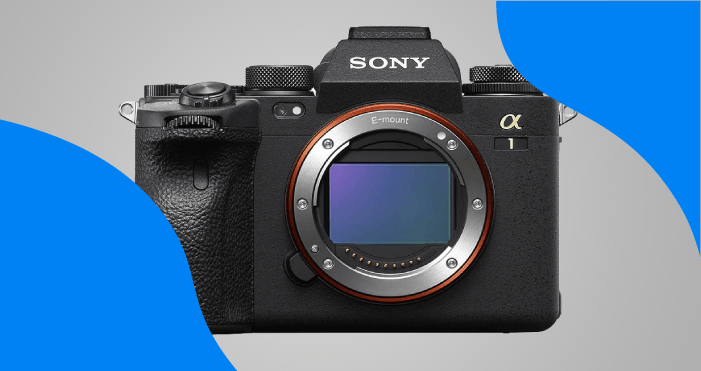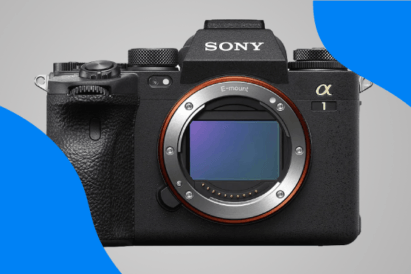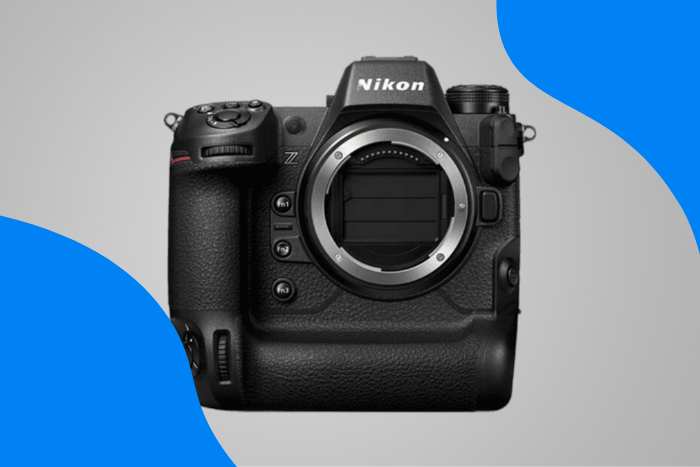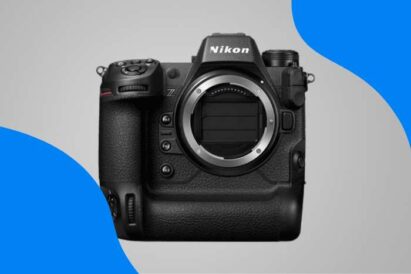The best cameras for safari are all-round Sony, Nikon, and Canon mirrorless ones… The first time I went to Africa, I had a Sony bridge camera. It had a huge zoom range but a tiny sensor. But I wouldn’t recommend that to anyone as a safari camera! It served its purpose in getting me back into wildlife photography.
When DSLR cameras started to become popular, mirrorless was just getting going. Electronic viewfinders (EVFs) often suffered from lag and low resolution. But those problems were solved. The best mirrorless camera offers blackout-free, silent shooting and a real-time WYSIWYG viewfinder. And that makes it much easier to adjust your camera settings in difficult light.
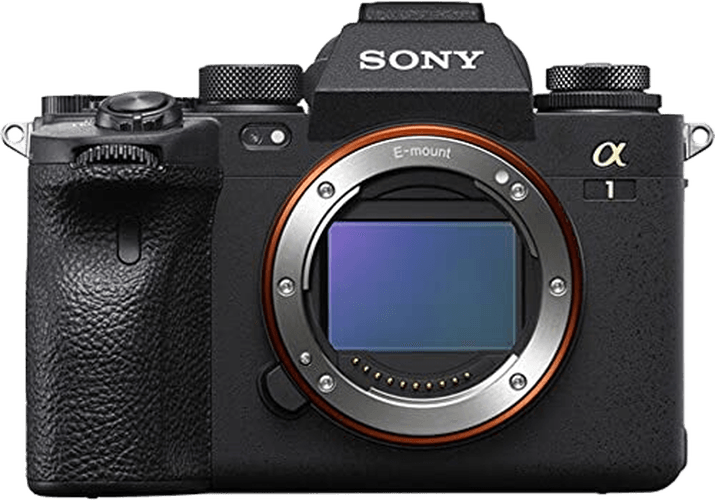
Sony a1
The basic mirrorless design makes camera bodies and lenses much smaller and lighter. They offer better autofocus systems, frame rates, shutter speeds, and video capabilities. Last year, I traded in all my Nikon camera equipment for two Sony mirrorless a1s. And I’d never go back to a DSLR camera now…
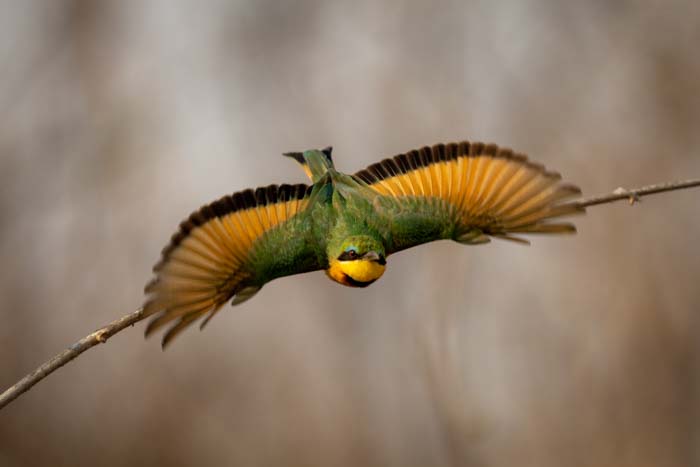
What is the Best Safari Camera to Buy?
Are you gearing up to take a safari photography trip? Here’s a quick roundup of the best cameras for an African safari.

- Large sensor captures tons of detail
- High frame rate of 30 fps
- Eye tracking (human, animal, and bird)
- Easy customization
- Silent shooting for quiet situations
- Incredible 8K/30p Ultra HD video
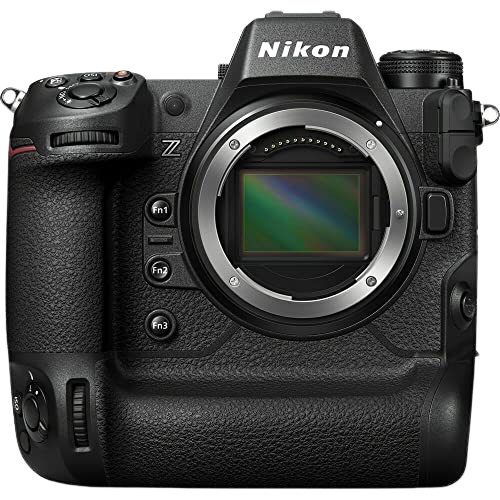
- Ultra-fast image processor
- High, 120 fps compressed frame rate
- No visible rolling shutter
- Excellent battery life
- 8K/60p Ultra HD video
- Unlimited low-resolution recording
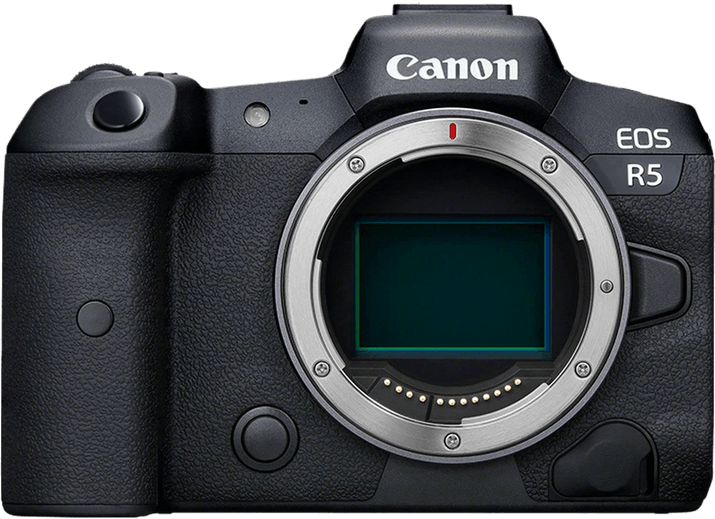
- Large 45 MP sensor
- High frame rate of 20 fps
- In-Body Image Stabilization (IBIS)
- Body, face, eye, and animal tracking
- 8K/30p Ultra HD video
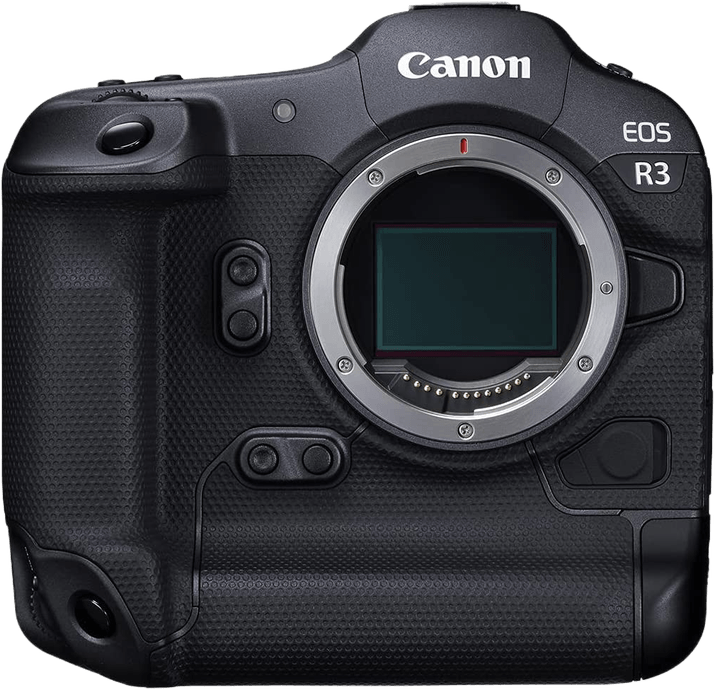
- A high frame rate of 30 fps
- Less noise with BSI stacked sensor
- 8 stops of image stabilization
- 6K / 60p RAW video
- 620-shot battery life
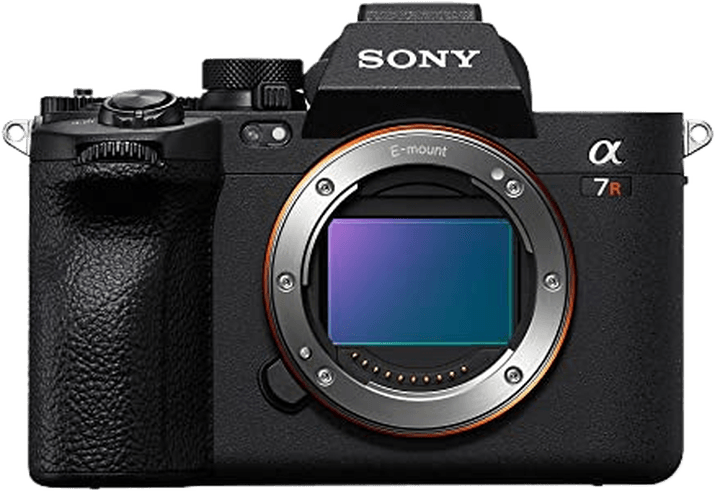
- High-resolution sensor
- Automatic bird or animal eye detection
- Autofocus can track cars, trains, airplanes, and insects
- Big, bright, clear, and sharp electronic viewfinder
- 3.2-inch tilt, flip LCD screen
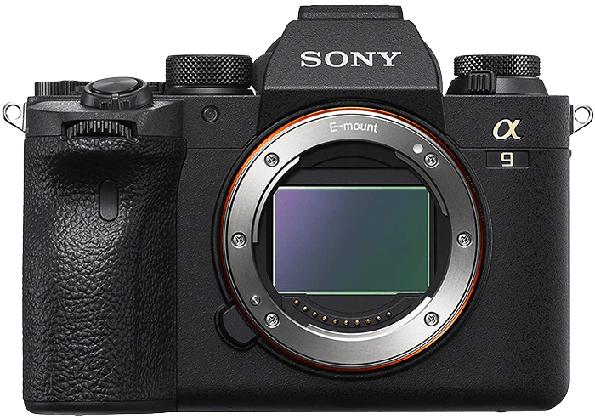
- Impressive 20 fps continuous shooting
- Lightning-fast autofocus
- Improved ergonomics
- Great file transferring speeds
- 5-axis in-body image stabilization to counter camera shake
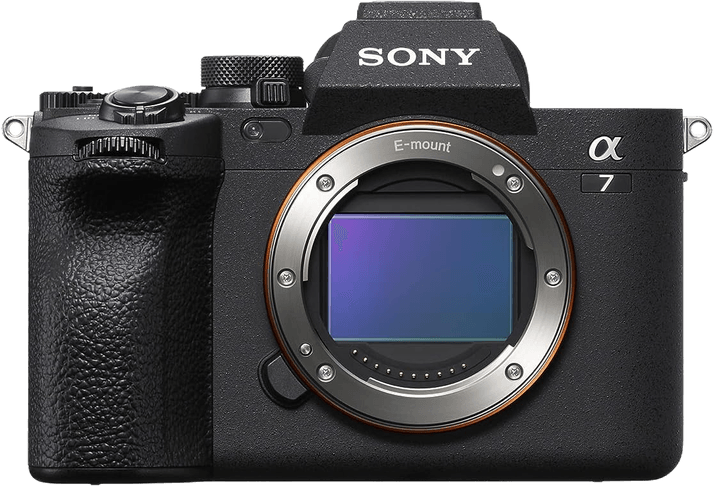
- Excellent image quality
- Super responsive autofocus
- 5.5 stops of image stabilization
- Fully articulating rear screen
- Powerful video capabilities (4K / 60p, 10-bit video) and live streaming
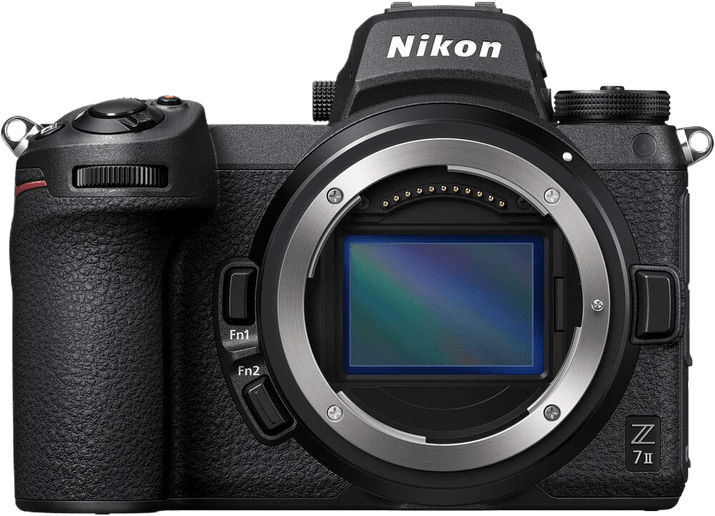
- High-resolution image sensor
- Rapid 1/8000 s shutter speed
- Excellent AF system
- Dual memory card slots
- Great 4K video at 60 fps
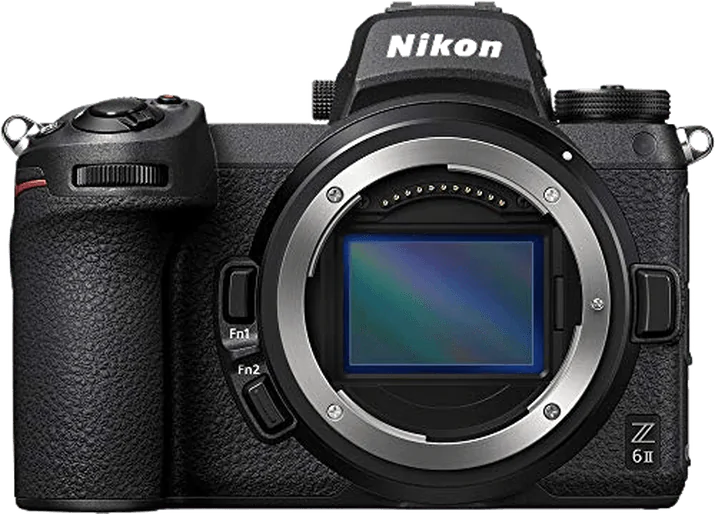
- Excellent low-light focusing
- Lightweight and portable
- Superb low-light dynamic range
- Dual memory card slots
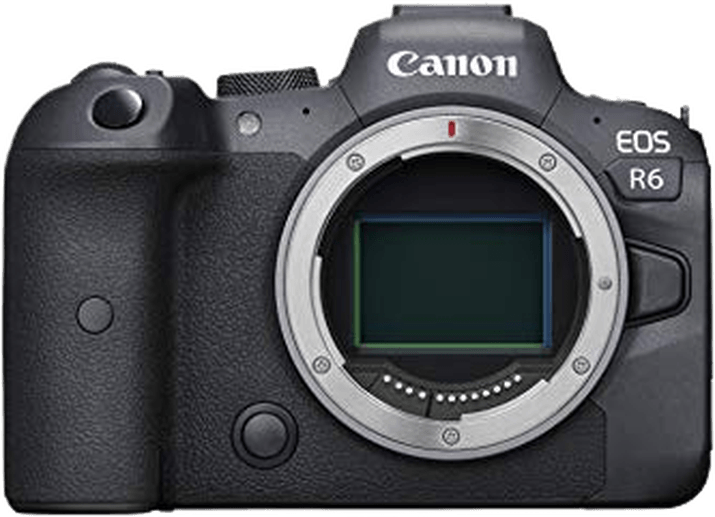
- Relatively affordable
- Excellent in-body image stabilization
- Compact and ergonomic design
- Fantastic expandable ISO range
- Rapid burst speeds
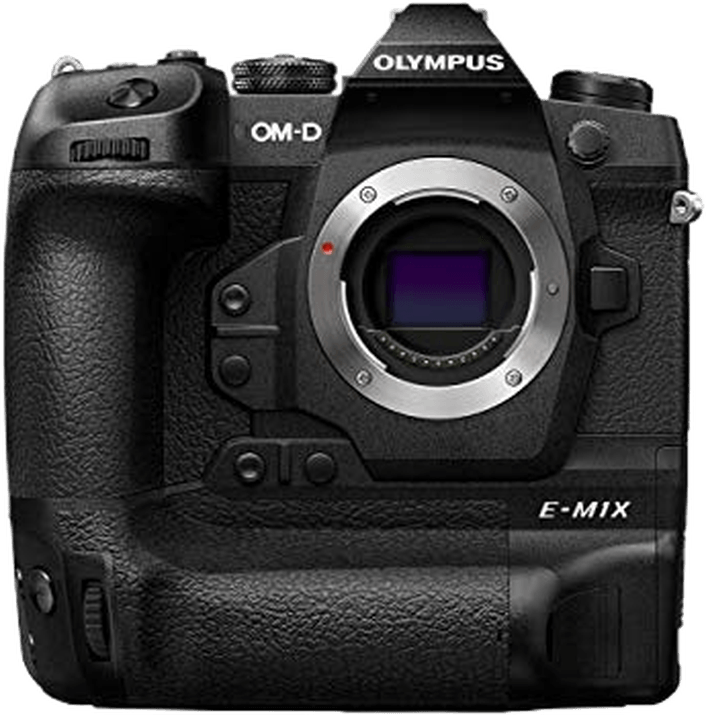
- Good resolution and dynamic range
- Excellent subject tracking
- A great frame rate and deep buffer
- Pleasing JPEG colors
- Up to 7.5 stops of in-body image stablization with supported lenses
- Weather-sealed body
11 Best Safari Cameras to Buy (in Detail!)
Now let’s take a more detailed look so you can find the best camera for an African safari.
1. Sony a1

| Camera Type |
Camera Type
|
| Megapixels |
Megapixels
50.1 MP |
| Sensor Format |
Sensor Format
|
| Sensor Size |
Sensor Size
24 x 35.9 mm
|
| Frame Rate |
Frame Rate
30 fps |
| Autofocus Points |
Autofocus Points
759 |
- Large sensor captures tons of detail
- High frame rate of 30 fps
- Eye tracking (human, animal, and bird)
- Easy customization
- Silent shooting for quiet situations
- Incredible 8K/30p Ultra HD video
- Expensive
- Highest frame rates only for JPEG, HEIF, and lossy compressed RAW files
- Eye tracking only selected manually
- Small rear LCD screen
- No GPS
There’s not much to choose between the top full frame mirrorless models. Sony, Canon, and Nikon offer solid options. But the Sony a1 comes out on top—if you can afford it! I have a couple of them. And I’m always amazed by the image quality and how easy they are to use.
The a1’s secret is the lack of trade-offs. It’s hard to find a safari camera with such all-round features. It has a high resolution and frame rate, great autofocus, and a deep buffer. Plus, it has good low-light performance. The a1 somehow manages it all!
Also, it’s very easy to use. The EVF is astonishingly bright and clear. The main buttons and dials are all well-positioned. And there are lots of customization options.
You can save three drive modes. This means it only takes seconds to change from portrait to action settings by turning the main dial.
Battery life is often a problem with mirrorless cameras as they have to power the EVF. But I’ve noticed I can get far more frames than the official CIPA total for each charge. And shooting an 8K video isn’t a problem, either.
I don’t even bother using my battery grips anymore. I don’t need the extra battery life. And the reduced weight makes it easier to shoot handheld for long periods.
But shooting wildlife in portrait format isn’t as easy. And I get blisters on my right hand after a long day in the field!
2. Nikon Z9

| Camera Type |
Camera Type
|
| Megapixels |
Megapixels
46 MP |
| Sensor Format |
Sensor Format
|
| Sensor Size |
Sensor Size
23.9 x 35.9 mm
|
| Frame Rate |
Frame Rate
30 fps |
| Autofocus Points |
Autofocus Points
493 |
- Ultra-fast image processor
- High, 120 fps compressed frame rate
- No visible rolling shutter
- Excellent battery life
- 8K/60p Ultra HD video
- Unlimited low-resolution recording
- Only 11 MP files at the highest frame
- You can only shoot RAW files at 20 fps
- Tracking can fail with erratic movement
- IBIS not as good as Canon R3
- Autofocus isn't as good for video
- The screen doesn't fully articulate
The Nikon Z9 is the one that got away! I wanted a full frame mirrorless camera. This was before I photographed the polar bear migration in Canada last year.
I had hoped the Z9 would be on sale before I went. I had a lot of Nikon lenses. So it would’ve been handy if I could’ve bought a Z9 and used them with an adaptor.
In the end, the Z9 didn’t come out in time. That meant I had to trade in all my old camera equipment. And I took out a hefty bank loan to afford two Sony a1 camera bodies and all my new lenses!
The Z9 is almost twice the weight and size of the a1 with a lower RAW frame rate. So I’m happy I bought the a1. But the Z9 does have an ultra-bright EVF. And it offers a good combination of the major features. The Nikon Z9 vs Sony a1 comparison shows how close these models are!
Those include sensor resolution, autofocus speed, eye recognition, buffer depth, and low-light capability. It also has 8K / 60p video thrown in for good measure!
On the downside, there’s no easy way to select focus areas while using the EVF. So you must keep clicking on the eight-way controller.
The Z9 also doesn’t have the a1’s ability to save universal custom presets. Instead, you must click through the Shooting Menu and Custom Settings banks. That takes far too long if your sighting only lasts a few seconds!
3. Canon EOS R5
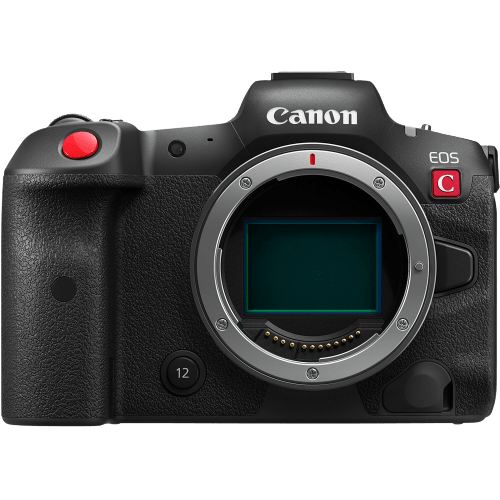
| Camera Type |
Camera Type
|
| Megapixels |
Megapixels
45 MP |
| Sensor Format |
Sensor Format
|
| Sensor Size |
Sensor Size
24 x 36 mm
|
| Frame Rate |
Frame Rate
20 fps |
| Autofocus Points |
Autofocus Points
1,053 |
- The photo/video switch allows you to easily switch between shooting modes
- 5-axis In-camera image stabilization
- Compact and lightweight
- Unlimited video recording due to built-in fan preventing overheating
- Reduced video sizes with Cinema RAW Light modes
- Expensive
- Limited native lens compatibility
- Continuous AF only covers 80% of the image sensor in video mode
- Bigger than the original EOS R5
- Must use an external battery source for the fastest shooting speeds
I can never decide between the Canon EOS R5 and the R3. The R5 has more megapixels, But the R3 has a higher frame rate and a few other bells and whistles… including Eye Control AF (autofocus).
When in doubt, I favor the model with the larger sensor. And the R5 wins—just barely!
The specifications are like the Z9. It has the same camera sensor size, max RAW frame rate, and the highest video quality.
The eight-stop in-camera body image stabilization (IBIS) helps reduce camera shake with long lenses. The updated Dual Pixel AF II is almost at the level of Sony’s AF systems. That’s due to the use of Deep Learning to track both people and animals.
But the electronic viewfinder is not as impressive as the one on the a1. It has a lower magnification and resolution.
You also don’t get blackout-free shooting. And video recording is limited due to overheating (unless you buy the “C” version). The fastest shutter speed is slower. And battery life is much shorter.
4. Canon EOS R3

| Camera Type |
Camera Type
|
| Megapixels |
Megapixels
24 MP |
| Sensor Format |
Sensor Format
|
| Sensor Size |
Sensor Size
24 x 36 mm
|
| Frame Rate |
Frame Rate
30 fps |
| Autofocus Points |
Autofocus Points
1,053 |
- A high frame rate of 30 fps
- Less noise with BSI stacked sensor
- 8 stops of image stabilization
- 6K / 60p RAW video
- 620-shot battery life
- Relatively expensive
- Low-resolution for some photographers
- No 8K video
- Slowed frame rate with an SD card or low battery
The EOS R3 is a full frame Canon camera that offers 195 fps, Dual Pixel AF, and minimal rolling shutter. It also has endless battery life if you shoot in bursts.
There are also a few other innovative features helpful in wildlife photography. Eye Control AF allows you to direct the focus point by simply looking toward a particular part of the EVF.
And the AF-ON buttons have optical thumbprint readers. These let you move AF points around. Plus, you can scroll around magnified images while using the viewfinder.
The IBIS system provides up to eight stops of built-in image stabilization. It even works with unstabilized EF lenses.
But the price of all those advantages is a smaller sensor. That’s why the R3 doesn’t come higher up this list… even though it’s actually bigger than the one on the 1DX Mark III, Canon’s flagship DSLR camera.
5. Sony a7R V

| Camera Type |
Camera Type
|
| Megapixels |
Megapixels
61 MP |
| Sensor Format |
Sensor Format
|
| Sensor Size |
Sensor Size
35.7 x 23.8 mm
|
| Frame Rate |
Frame Rate
10 fps |
| Autofocus Points |
Autofocus Points
693 |
- High-resolution sensor
- Automatic bird or animal eye detection
- Autofocus can track cars, trains, airplanes, and insects
- Big, bright, clear, and sharp electronic viewfinder
- 3.2-inch tilt, flip LCD screen
- Slow frame rate of only 10 fps
- Focus stacking can't be done in-camera
- No in-camera RAW processing
- May be unbalanced with a big lens
- Rolling shutter effect with 8K video
The Sony a7R V has only just come out and is a major evolution. The high-resolution sensor is the same, and the readout speed is limited. That means the highest frame rate doesn’t change. And it leads to significant rolling shutter with 8K video. To avoid that, you really have to shoot in 4K or, even better, in the cropped Super 35 mode.
But the a1 has a dedicated AI processor and a Bionz XR processor. This means the autofocus has been dramatically upgraded. It can now identify parts of people’s bodies. This includes their torsos (with “pose estimation”) and their faces and eyes. It can also track airplanes, cars, trains, and even insects!
Another handy new feature is combining animals and birds into one setting. I’m still stuck with separate Human, Animal, and Bird options on my a1. That’s a pain when you forget which mode you’re in… especially since there’s nothing in the EVF to tell you!
That leads me to the new EVF. It has been “borrowed” from the a1. The a1’s EVF is big, bright, clear, and sharp. When I first used it, I actually forgot I was “watching TV” rather than seeing the real world outside!
With a larger 3.2-inch tilt and flip LCD screen with higher resolution, the EVF is a big advantage. I almost always shoot while looking through the EVF, but there’s nothing this new screen can’t do!
Finally, a few more features are helpful for wildlife photography. It has two new CFexpress card slots now. This means the buffer is effectively infinite (unless shooting in uncompressed RAW).
Focus bracketing is also now possible. But the camera can’t put the final image together for you. So you have to do it using Sony’s Imaging Edge software (or a third-party equivalent).
IBIS now offers eight stops of stabilization to deal with camera shake. And the 241 MP Pixel Shift High-Res mode can now take movement into account!
6. Sony a9 II

| Camera Type |
Camera Type
|
| Megapixels |
Megapixels
24.2 MP |
| Sensor Format |
Sensor Format
|
| Sensor Size |
Sensor Size
23.8 x 35.6 mm
|
| Frame Rate |
Frame Rate
20 fps |
| Autofocus Points |
Autofocus Points
693 |
- Impressive 20 fps continuous shooting
- Lightning-fast autofocus
- Improved ergonomics
- Great file transferring speeds
- 5-axis in-body image stabilization to counter camera shake
- No in-camera RAW image processing
- Confusing menus
- Battery performance isn't great
- No S-Log video
- Subpar video quality compared to new full-frame cameras
The Sony a9 II is the “sports-oriented” camera in Sony’s line-up. But what’s good for sports photography is also good for wildlife photography!
The full frame sensor doesn’t offer very high resolution. But there are several benefits:
- A high RAW frame rate to take action shots
- An enormous ISO range for low-light shooting
- 14-bit uncompressed RAW files for more image details
- Oversampled 4K Ultra HD video for more recorded pixels
You also get simple but accurate and rapid autofocus. And there are two dials and a joystick for choosing the AF point. Plus, there is five-axis image stabilization and a touch-enabled LCD. All of that comes in a weather-sealed body.
It’s a shame you only get slots for SD cards. But the Gigabit Ethernet and USB 3.2 ports let you transfer files fast over FTP (File Transfer Protocol). And the new Wi-Fi system works in the 5 GHz band.
Like many Sony models, the customization options are excellent. The a9 II allows you to save up to seven sets of FTP and camera settings. That means, in theory, seven different photographers could use the same camera!
The rear screen and touch interface could do with an upgrade. But the only real problems come when you try to shoot video. There are no picture profiles for Log capture.
And the exposure settings are carried over between stills and video. So you must set up custom memory banks if you want to shoot both.
7. Sony a7 IV

| Camera Type |
Camera Type
|
| Megapixels |
Megapixels
33 MP |
| Sensor Format |
Sensor Format
|
| Sensor Size |
Sensor Size
23.8 x 35.6 mm
|
| Frame Rate |
Frame Rate
10 fps |
| Autofocus Points |
Autofocus Points
759 |
- Excellent image quality
- Super responsive autofocus
- 5.5 stops of image stabilization
- Fully articulating rear screen
- Powerful video capabilities (4K / 60p, 10-bit video) and live streaming
- More expensive than the Sony a7 III
- 6 fps with 14-bit lossless compressed or uncompressed RAW files
- Significant distortion with moving subjects using a silent shutter
- Occasional issues with rolling shutter
- Requires a fast memory card
The Sony a7 IV is a full frame mirrorless camera that offers a decent RAW frame rate with a deep buffer. The IBIS system provides 5.5 stops of stabilization. But it’s slightly jerky at times.
It can also shoot 4K video up to 30p (oversampled from 7K). And there are various other options. They include Super 35 / 60p, 10-bit Log, H.265, and S-Cinetone color mode. Plus, it offers breathing compensation when using high-end Sony lenses.
There are extensive customization options available. But the camera gets it right straight out of the box with image quality and autofocus capability. The sensor provides excellent detail, and noise reduction is adequate at lower ISOs.
You can also create 10-bit HEIF files for HDR displays using the Hybrid Log Gamma (HLG) standard. These are designed to capture a wider, more natural range of tones. And you can view them by connecting your camera to an HDR TV with an HDMI cable.
The AF system is powerful and easy to use. And you can turn on Face/Eye Priority for the best results. Tracking is nice and “sticky.” So the camera isn’t fooled by the subject looking away or someone else moving to a closer position.
The latest firmware has improved the Eye AF feature. But it’s still not up to the standard of the a1. And you might even be better off focusing manually!
If the price of the a7 IV is steep, you can always opt for a7 III or the a7C compact version.
8. Nikon Z7 II

| Camera Type |
Camera Type
|
| Megapixels |
Megapixels
45.75 MP |
| Sensor Format |
Sensor Format
|
| Sensor Size |
Sensor Size
23.9 x 35.9 mm
|
| Frame Rate |
Frame Rate
10 fps |
| Autofocus Points |
Autofocus Points
439 |
- High-resolution image sensor
- Rapid 1/8000 s shutter speed
- Excellent AF system
- Dual memory card slots
- Great 4K video at 60 fps
- Disappointing battery life of 420 shots
- Tilt screen has limited flexibility
- Limited lens range
- Slow frame rate of 10 fps in continuous shooting speed
The Nikon Z7 II and Z6 II are like the Canon R5 and R3 in that they offer a trade-off. You can choose a high resolution. Or you can opt for other benefits like frame rate and low-light capabilities. Again, I prefer a larger sensor. So the Z7 II comes out on top.
The extra megapixels allow the camera to produce more detailed images. And you get quality 4K / 60p video (with a 1.08x crop). It has an extra Expeed 6 image processor, XQD, and CFexpress card support. This means a deeper buffer, a higher frame rate, and improved autofocus.
The AF system works down to -3 EV at f/2 (or even lower with Low Light AF). But the camera’s Eye AF does have a habit of front-focusing slightly. And the tracking mode doesn’t always stick to the same point on the subject.
The other problem? Tracking and face and eye detection don’t work together as they do with Sony and Canon models. That means you often must switch between different modes depending on the shot.
The low native ISO of 64 reminds me of my old D850. It’s useful if you want the highest possible image quality and dynamic range. This is particularly true at sunrise or sunset when the contrast is high.
A complementary benefit is five-axis image stabilization. This should help reduce the effects of camera shake.
The ergonomics and usability are slightly disappointing. The viewfinder resolution is low. And the tilting touchscreen is not a patch on a fully-articulated LCD. You also must buy an external recorder to shoot a 10-bit Log or RAW video.
Unlike the Z9, the Z7 II doesn’t have a built-in integrated grip. You can buy an MB-N11 battery grip as an optional extra. But the battery life is pretty good even without that. And you get USB charging and a separate plug-in charger.
9. Nikon Z6 II

| Camera Type |
Camera Type
|
| Megapixels |
Megapixels
24.5 MP |
| Sensor Format |
Sensor Format
|
| Sensor Size |
Sensor Size
35.9 x 23.9 mm
|
| Frame Rate |
Frame Rate
14 fps |
| Autofocus Points |
Autofocus Points
273 |
- Excellent low-light focusing
- Lightweight and portable
- Superb low-light dynamic range
- Dual memory card slots
- Autofocus can be slow
- Relatively short battery life
- Lower MP count than main competitors
- Needs more customizable buttons
The Nikon Z6 II is the low-resolution sister of the Z7 II. The feature set is almost identical to that of the Z7. But the lower-resolution sensor does mean a higher frame rate (with a single AF point).
You can still shoot 4K video using the whole sensor up to 30p. But Ultra HD / 60p comes from an APS-C crop (enabled using the latest firmware).
10. Canon EOS R6

| Camera Type |
Camera Type
|
| Megapixels |
Megapixels
20.1 MP |
| Sensor Format |
Sensor Format
|
| Sensor Size |
Sensor Size
23.9 x 35.9 mm
|
| Frame Rate |
Frame Rate
20 fps |
| Autofocus Points |
Autofocus Points
1,053 |
- Relatively affordable
- Excellent in-body image stabilization
- Compact and ergonomic design
- Fantastic expandable ISO range
- Rapid burst speeds
- Low megapixel count compared to closest competitors
- Interface is challenging to navigate
- EVF drains the battery
- Camera heats up shooting 4K / 60 fps
The Canon EOS R6 is a more affordable version of the R5. It has a reduced feature set but a user-friendly interface. It provides excellent RAW and JPEG images. And they have good dynamic range and low-light performance.
You also get Dual Pixel AF II (with 100% AF coverage) and eight stops of IBIS. And it has a decent frame rate with either the mechanical or electronic shutter.
As with a lot of Canon cameras, the video performance is good. The autofocus works well when shooting video. And the separate banks of settings make it easy to switch between video and stills.
The R6 offers 4K / 60p video in both Ultra HD and DCI (standard for the film industry). And you can save clips in either RaW or H.265 format.
You can also shoot 10-bit 4:2:2 footage. You can use C-Log (for color grading) and HDR PQ (for high-definition TVs). And you can do so without needing an external recorder.
But you get a noticeable rolling shutter in 4K. And overheating is such a problem. So you can’t record for longer than 30 minutes. Trying to take still pictures cuts down that time even more.
There is no support for high-speed cards. But you do get a lot of “standard” Canon features. These include comfortable ergonomics, weather sealing, Wi-Fi, Bluetooth, and a fully articulated touchscreen.
Unfortunately, that also includes non-optional noise reduction. And that limits sharpness at low ISOs.
11. Olympus OM-D E-M1X

| Camera Type |
Camera Type
|
| Megapixels |
Megapixels
20 MP |
| Sensor Format |
Sensor Format
|
| Sensor Size |
Sensor Size
13 x 17.4 mm
|
| Frame Rate |
Frame Rate
60 fps |
| Autofocus Points |
Autofocus Points
121 |
- Good resolution and dynamic range
- Excellent subject tracking
- A great frame rate and deep buffer
- Pleasing JPEG colors
- Up to 7.5 stops of in-body image stablization with supported lenses
- Weather-sealed body
- Expensive
- Sensor doesn't match up to many close competitors
- Electronic shutter might lead to rolling shutter effects and banding
- Large, heavy, hard to handle body
- Motion artifacts with Cinema 4K at 24p
With such a small Micro Four Thirds sensor, the Olympus OM-D E-M1X is a pretty big camera! But it’s built for speed and ideal for sports and wildlife photography.
You can shoot at 18 or 60 fps with AF / AE (autoexposure) lock. And it has Dual TruePic VIII processors with a 121-point hybrid autofocus system. That provides subject recognition for trains, race cars, and planes or helicopters. Pro Capture mode also lets you save images you take before you even press the shutter!
Overall, the OM-D E-M1X is packed with features. These include the following:
- Live ND multi-shot mode to show long exposures without filters
- Five-axis IBIS (up to 7.5 EV) and an accelerometer to deal with camera shake
- Handy built-in GPS to show where you take your photos
- Temperature and pressure sensors for extra metadata
You also get IPX1 weather sealing. And there is a fully articulating touchscreen and a built-in battery grip.
The video performance is good. It can capture DCI 4K / 24p and Ultra HD 4K / 30p clips at 237 and 102 Mbps. You can also use OM-Log400 for easier color grading.
Best Lenses for Safari by Brand
Here are our lens recommendations for the Sony, Nikon, Canon, and Olympus lenses we have listed. Mix and match to meet your wants and needs.
Best Sony Lenses for Safari Photography
Sony has been making full frame mirrorless lenses since 2013. And it gives third-party brands access to its E-mount specs. That means there’s a wide range of native options available.
My “go-to” lenses are Sony’s FE 400mm f/2.8 GM and the FE 600mm f/4 GM prime lenses. They both have wide max apertures for good bokeh and excellent low-light capability. I usually go on game drives with those two fitted to my cameras.
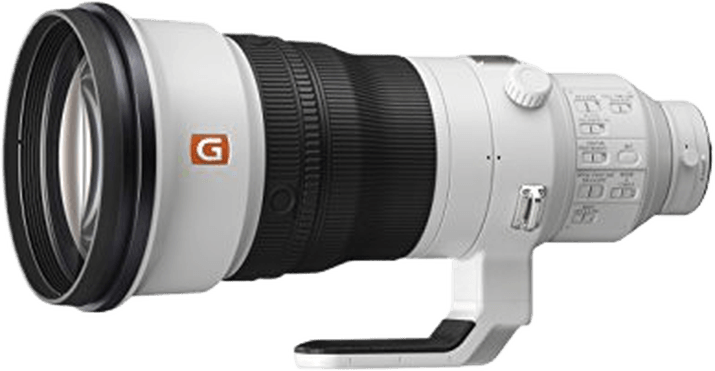
Sony FE 400mm F/2.8 GM OSS SEL400F28GM
But there are times when you need a wide-angle lens. An example is photographing elephants from close range. I just came back from Botswana. And I definitely needed my FE 24-70mm f/2.8 GM II and FE 70-200mm f/2.8 ED GM OSS zoom lenses for the Chobe riverboat rides.
Best Nikon Lenses for Safari Photography
Nikon has fewer mirrorless lenses than Sony. But Nikon’s Z 400mm f/2.8 TC VR S and the new Nikon Z 600mm f/4 TC VR S match the Sony versions’ max aperture and come with built-in 1.4x teleconverters. They’re also light enough that you don’t need a tripod. (My old 800mm was a real beast. And it was impossible to handhold for more than a few seconds!)
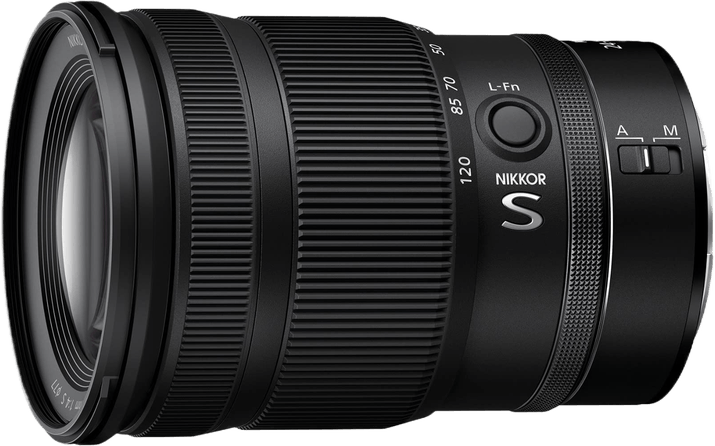
Nikon NIKKOR Z 24-120mm F/4 S
Nikon’s Z 100-400mm f/4.5-5.6 VR S closely matches my old 80-400mm. And that makes it a good companion for a 600mm or 800mm lens.
But if you’re looking for a shorter focal length with macro-style capability, there’s Nikon’s Z 24-120mm f/4 zoom lens. Or there are various S-line f/1.8 primes from 20 to 35mm.
Best Canon Lenses for Safari Photography
Canon has a huge range of lenses. But they’re playing catch-up with Sony in terms of native mirrorless lenses.
The Canon EF 100-400mm f/4.5-5.6L IS II USM is a flexible zoom lens. And there are RF-mount versions of its 400, 600, 800, and 1200mm lenses. Canon recently brought out two affordable 600mm and 800mm f/11 lenses. These use diffractive optics.
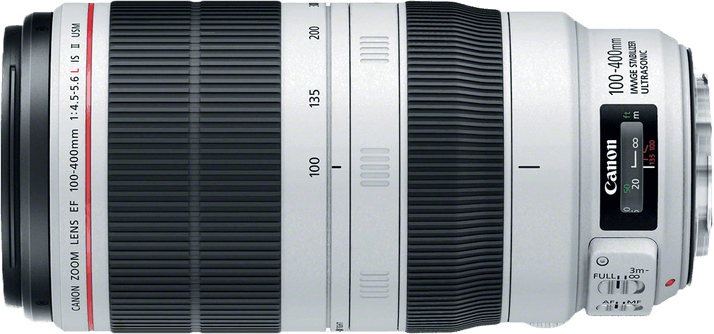
Canon EF 100-400mm F/4.5-5.6L IS II USM
Canon’s professional range is the L-series. With the RF mount, you can get several wide-angle zoom lenses in that range. This includes the RF 15-35mm f/2.8L IS USM and the RF 24-70mm f/2.8L IS USM.
USM stands for UltraSonic Motor. And Nano USM lenses are faster, quieter, and smoother than plain USM or Stepping Motor (STM) lenses.
Best Olympus Lenses for Safari Photography
Olympus makes many camera lenses. And you won’t go far wrong with something in their PRO series. These include the following:
- Olympus 7-14mm f/2.8 PRO versatile wide-angle zoom lens
- Olympus 12-100mm f/4 IS PRO IS rugged zoom with stabilization
- Olympus 40-150mm f/2.8 PRO full-featured zoom
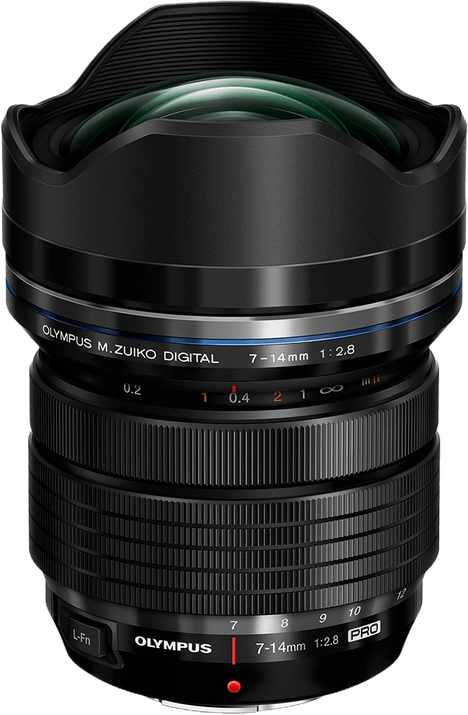
Olympus ED 7-14mm f/2.8 PRO
But third-party manufacturers also offer compatible lenses. Panasonic has teamed up with Leica to produce various lenses. These include the following Micro Four Thirds lenses:
- Panasonic Lumix G 8-18mm f/2.8-4 high-performance wide-angle
- Panasonic Lumix G 50-200mm f/2.8-4 O.I.S high-end telephoto
- Panasonic Lumix G 100-400mm f/4-6.3 superzoom telephoto lens
Note that the crop factor of Micro Four Thirds cameras is 2.0x. So the focal length has to be doubled to match the equivalent on a full frame camera.
Our Verdict
Whether you prefer full frame, APS-C, or Micro Four Thirds… the best cameras for safari these days are generally mirrorless. If you have the budget, the Sony a1, Nikon Z9, and Canon R5 offer unbeatable specs. They have high resolution, fast frame rates, and deep buffers. The AI-assisted autofocus lets you choose a focus point right across the frame. Or you can lock onto your subject’s eye without even being told what to do! That’s something even the best DSLR cameras will never manage.

Sony a1
Further down our list, there are plenty of other options from the big three camera brands. And Olympus has also carved out a nice niche in Micro Four Thirds cameras. And they’re packed with handy features.
FAQs for Safari Cameras and Lenses
Here are some of the more common questions about cameras and lenses for safaris.
What Type of Camera is Best for Safari?
There are the key specs for the best safari camera. They include resolution, frame rate, buffer size, autofocus, and low-light performance. There are often trade-offs, especially between resolution and frame rate. But modern mirrorless cameras such as the Sony a1 have begun to offer everything you need—at a price!
Are Mirrorless Cameras Good for Safari?
Yes. A mirrorless camera offers a higher frame rate and max shutter speed than a DSLR camera. And they have deeper buffers and better autofocus performance. That includes eye detection for animals, birds, and even insects! The camera body and lenses also tend to be smaller and lighter. This is a real benefit given the 15 kg weight limit for many local flights in Africa.
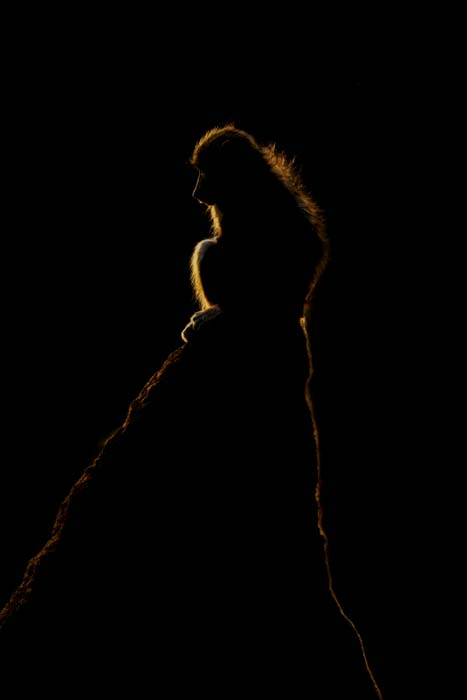
What is the Best Way to Take a Picture on Safari?
Get down to eye level. But that’s a bit difficult if you’re sitting in a jeep! Also, go on game drives at sunrise and sunset for the warmest light at “golden hour.” I use Manual mode with Auto ISO and shoot wide open for camera settings. My shutter is normally 1/1000 s for animals and 1/3200 s for birds… unless I’m planning on a “trick shot” such as a slow pan.
Is a GoPro good for a Safari?
A GoPro camera is excellent for video. But it’s designed for adventure sports rather than wildlife. A GoPro can take still photos. But it doesn’t give you many setting controls. And the fixed lens can only take wide-angle shots. That might work if you get up close and personal with an elephant. But it won’t generally be suitable for small or distant animals and birds.
Is a SmartPhone Good to Have on Safari?
Yes. Many devices, including smartphones, are featuring new technology. So even my iPhone can manage 4K video these days. And it’s often said that the best camera is the one you have with you. So it’s always in my pocket! But you’ll probably want a different main safari camera than a GoPro or smartphone.
Still not sure which safari camera to buy? Check out our posts on the best camera for bird photography or outdoor photography cameras next!

